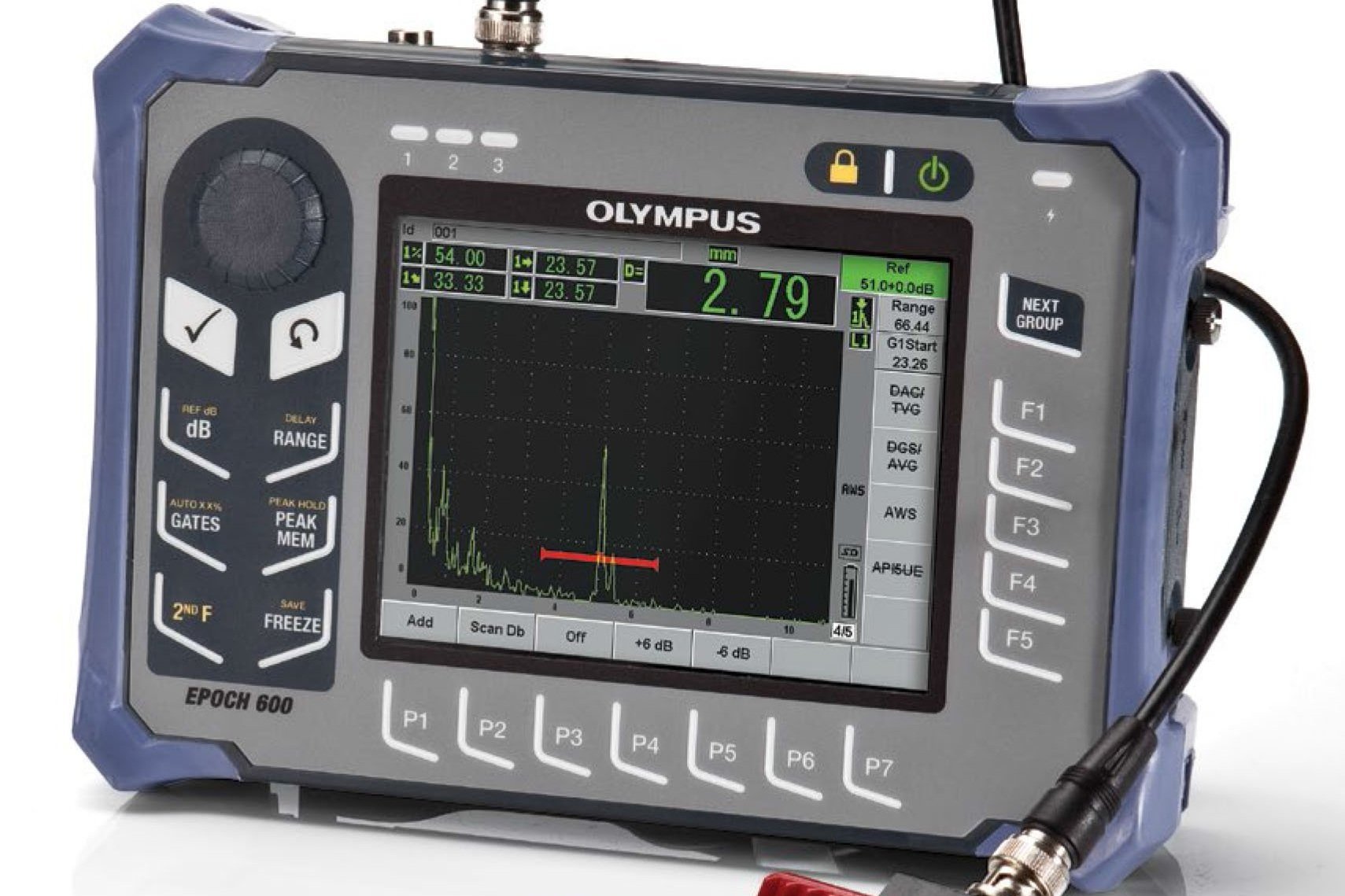“providing the industry with the latest in inspection technology and services”
Our services.
Phased Array Inspections
We use the latest technology from industry leaders. Our primary inspection focus is Encoded Phased Array with supplemental TOFD. Using the latest in PA system technology allows us to utilize TFM-FMC capabilities for more accurate sizing of indications. Multi PA probe functions combined with our scanner systems allow us to produce a comprehensive weld file with a high quality of scan data in the time frame needed to move the project forward.
NDE Auditing
A wealth of pipeline construction experience allows us to provide you with some of the most experienced and trusted people in the industry. Our auditors can travel to your work site, be full time on location or take care of your needs remotely. Experience in CR/DR, RTR, AUT, PAUT, UT, MT, PT, TOFD and conventional X-Ray allow us to support your project and ensure you are getting the best from your NDE vendor.
TFM-FMC
The Total Focusing Method (TFM) is an ultrasonic array technique which is used to synthetically focus at every point of a region of interest.
Full Matrix Capture (FMC) is another way of collecting phased array data
This technique doesn’t require any knowledge of the piece to be inspected (nor shape, nor velocities)
Each element is just activated (shot) one by one
All the elements in reception are recorded and thus a Matrix of signal is stored in order to be processed
Manual Ultrasonics
Manual Shear wave inspections and thickness readings are needed in a multitude of different inspection applications. Whether its a long seam inspection or a pre-scan lamination check, INSERV have the machines and the technicians to meet your basic inspection needs.
Time of Flight Diffraction (ToFD)
Time of Flight Diffraction (TOFD) is a reliable method of nondestructive ultrasonic testing (UT) used to look for flaws in welds. We combine this method with PAUT for a complete weld inspection or we can utilize just the TOFD for the most accurate crack sizing technique in the business.
Surface Inspections
We can fill all of your surface inspection needs. Capabilities include Dry Powder MPI, Wet Black on White MPI, Solvent removable PT, Water washable PT, and other common applications of Magnetic Particle Inspection and Liquid Penetrant Inspection.
Flange Face Integrity and Monitoring:
The current methodology of monitoring flange connections relies heavily on the physical disassembly and visual inspection of the mating surfaces and ID bore of the connection. Due to the time involved to disassemble the joints, perform the visual inspection and reassemble, combined with the dangers of breaking containment on these connections, there is a need for non-intrusive means to inspect and monitor the flanges while in-service. Manual raster scanning with a single-element transducer is possible which allows for simplistic operation but difficult analysis. The preferred option is to utilize PAUT and TFM/FMC which allows for a more simplified analysis but a more strategic approach to the initial inspection setup. With this all in mind, INSERV NDE SOLUTIONS has combined custom scanning tools with extensive field, shop, and client trials to ensure we can detect, quantify and monitor multiple types of damage mechanisms affecting flanged connections. Several damage mechanisms that affect flanged connections are crevice corrosion, ICT (internal current transfer), velocity assisted erosion, and galvanic corrosion.
AUTOMATED ULTRASONIC TESTING
Automated Ultrasonic Testing (AUT) & Phased Array with ToFD. Simplicity & Reliability.
Our automated inspection systems utilize phased array, conventional ultrasonics and TOFD techniques .
Specially designed for on-site weld-to-weld inspection in extreme environments, on-shore and off-shore.
Advantages of AUT:
No radiation hazard, no chemicals, no licensing
Very short inspection cycle time for high production rate
Better detection and sizing accuracy resulting in lower rejection rates
Use of Engineering Critical Assessment (ECA) acceptance criteria with measurement of vertical height and depth of indications, resulting in reduced rejection rates
Real-time analysis from smart output display
Data and inspection reports on electronic support and digital weld file storage for the lifespan of the asset
Better control of welding process, resulting in lower rejection rates
REAL Time Radiography
No film charges make RTR a more cost effective solution than conventional-film X-ray
No internal crawler needed which allows for longer sections to be welded and inspections able to be performed on the same section as welding
Speed of results and increased quality of data allows better control of the welding process which has been demonstrated to reduce repair rates
Film digitization is not required and offers cost savings on digitization as well as eliminating the need for climate controlled film storage (as per regulatory conditions)











